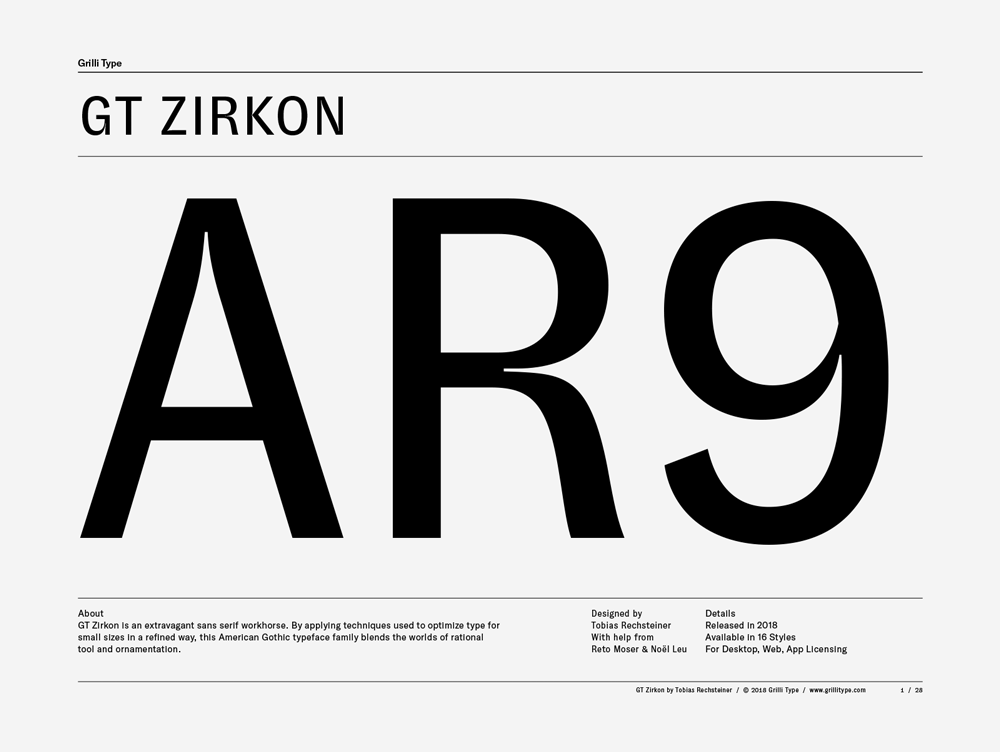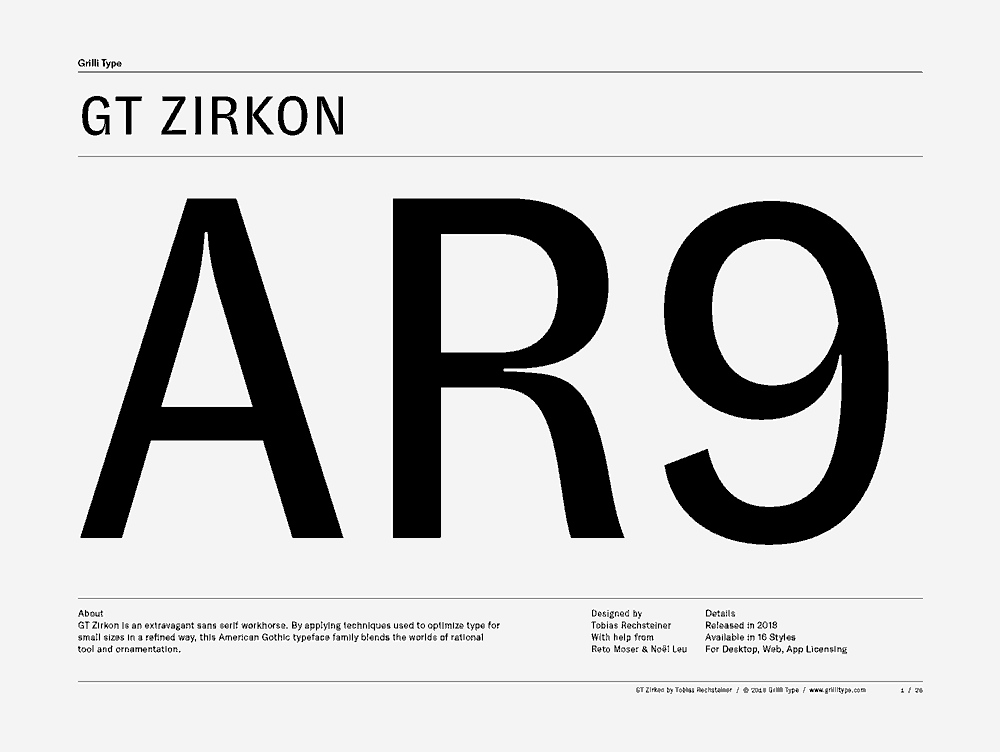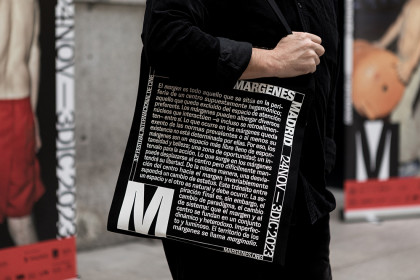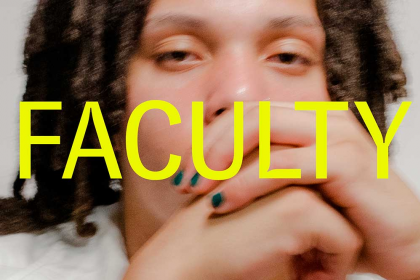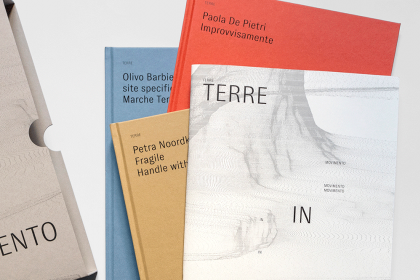GT Zirkon
Family overview
- Ultra Light Italic
- Thin Italic
- Light Italic
- Book Italic
- Regular Italic
- Medium Italic
- Bold Italic
- Black Italic
- Ultra LightSilicon and oxygen constitute approximately 75% of the Earth’s crust, which translates directly into the predominance of silicate minerals.
- Ultra Light ItalicChemical substitution and coordination polyhedra explain this common feature of minerals.
- ThinThe name derives from the Persian zargun meaning gold-hued; this word is corrupted into “jargoon”, a term applied to light-colored zircons.
- Thin ItalicSilicon and oxygen constitute approximately 75% of the Earth’s crust, which translates directly into the predominance of silicate minerals.
- LightYellow, orange and red zircon is also known as “hyacinth”, from the flower hyacinthus, whose name is of Ancient Greek origin.
- Light ItalicScientists then studied the diamonds’ composition, looking specifically at their carbon isotopes.
- BookResearchers found that same carbon 12 isotope in the diamond specks, indicating that they may have been formed from ancient microbes that were buried deep underground and subjected to enormous pressure.
- Book ItalicZircon is a common accessory to trace mineral constituent of most granite and felsic igneous rocks.
- RegularNew York University chemists have created three-dimensional DNA structures, a breakthrough bridging the molecular world to the world where we live.
- Regular ItalicCommercially valuable minerals and rocks are referred to as industrial minerals.
- MediumMinerals are classified by key chemical constituents; the two dominant systems are the Dana classification and the Strunz classification.
- Medium ItalicMinerals are classified by key chemical constituents; the two dominant systems are the Dana classification and the Strunz classification.
- BoldThe green coloring in many rounded pebbles usually indicates the Zircon is radioactive variety.
- Bold ItalicScientists then studied the diamonds’ composition, looking specifically at their carbon isotopes.
- BlackResearchers found that same carbon 12 isotope in the diamond specks, indicating that they may have been formed from ancient microbes that were buried deep underground and subjected to enormous pressure.
- Black ItalicZirconium is a chemical element with symbol Zr and atomic number 40.
- Settings
Typeface information
GT Zirkon is an extravagant sans serif workhorse. It blends the worlds of rational tool and ornamentation by applying techniques used to optimize type for small sizes in a refined way.
Typeface features
OpenType features enable smart typography. You can use these features in most Desktop applications, on the web, and in your mobile apps. Each typeface contains different features. Below are the most important features included in GT Zirkon’s fonts:
- SS01
- Alternate Arrows
Volume ↗
- SS02
- Alternate f
Refraction
- ONUM
- Oldstyle Figures
0123456789
- SMCP
- Small Caps
Ore Deposit
Typeface Minisite
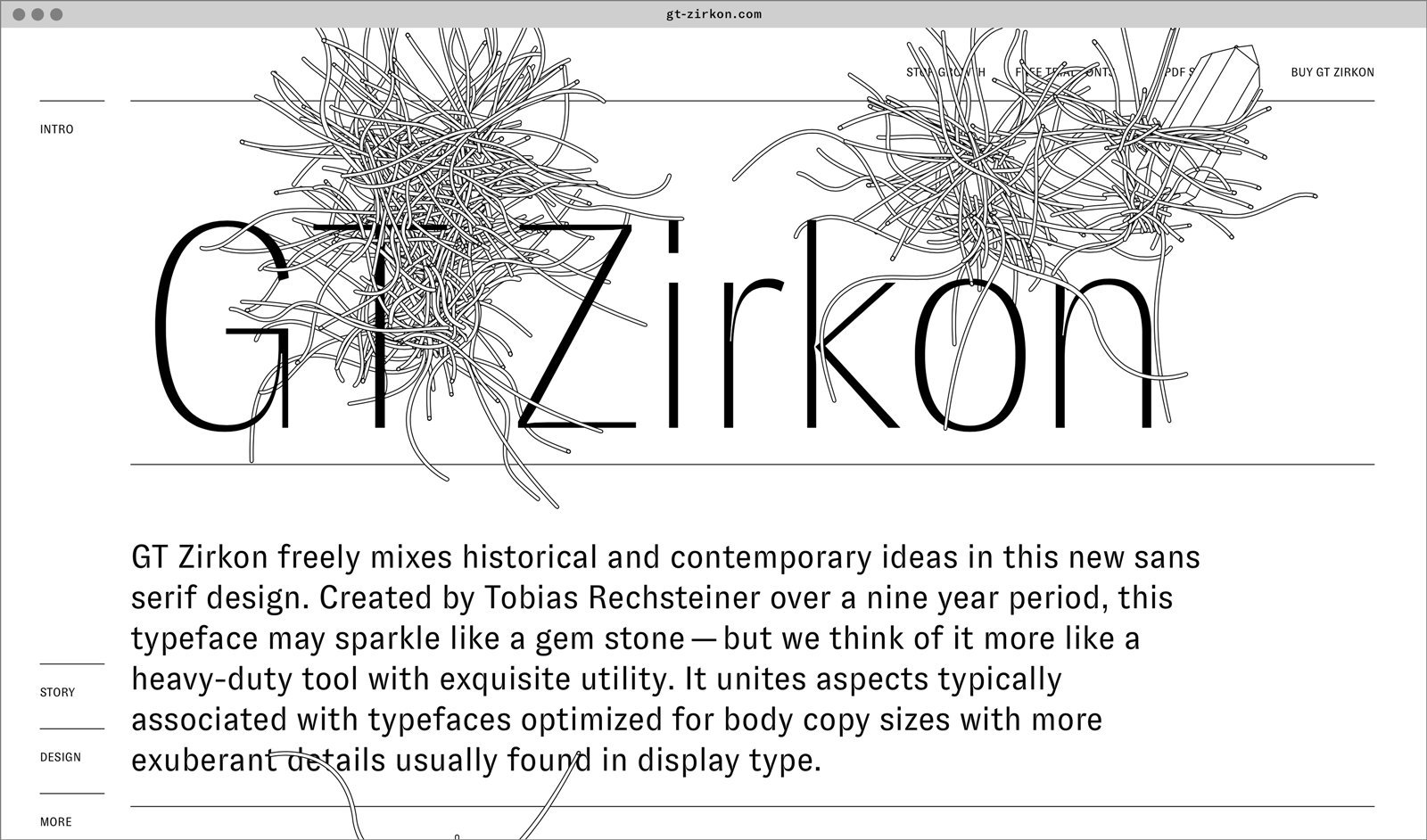
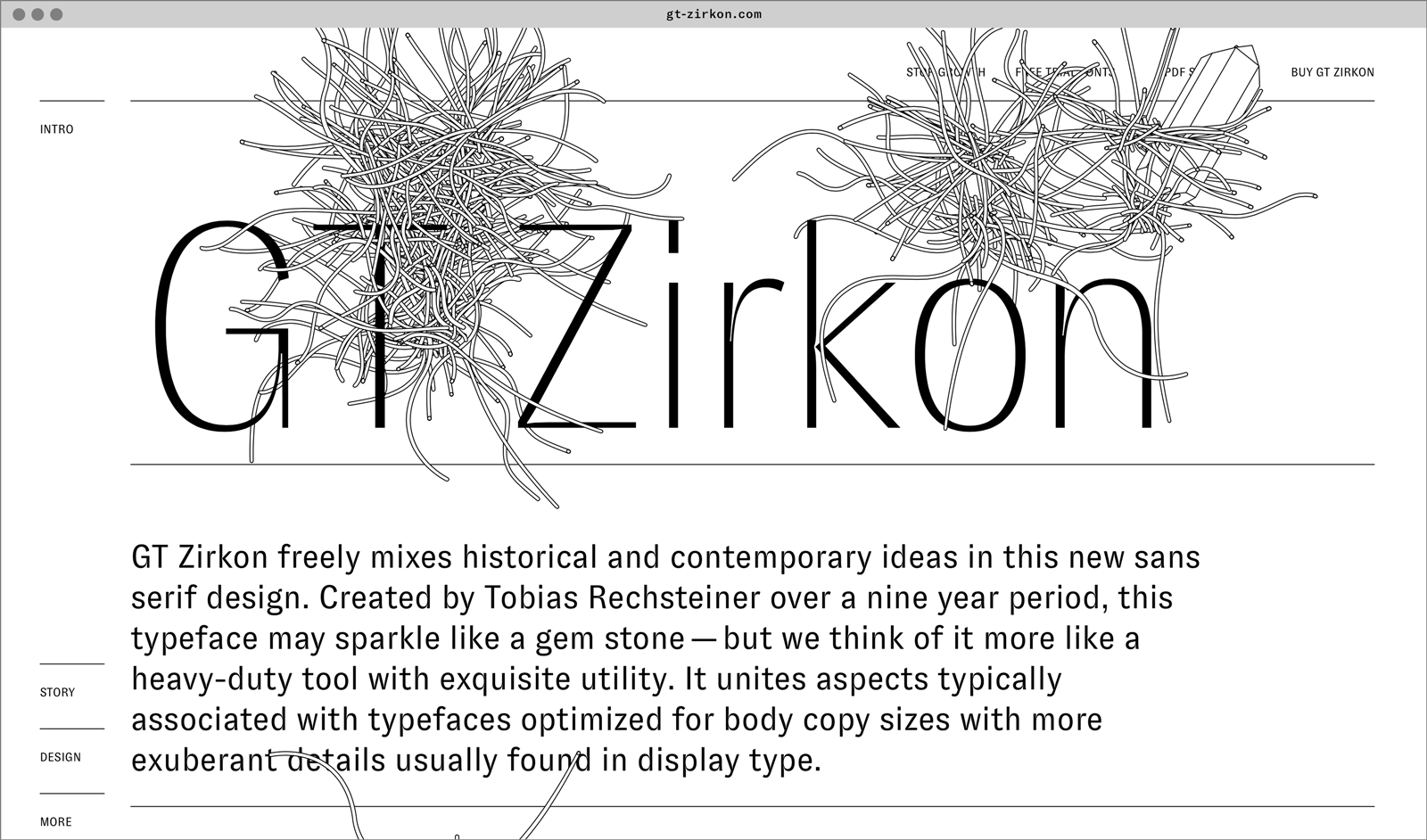
- Visit the GT Zirkon minisite to discover more about the typeface family’s history and design concept.
GT Zirkon in use
